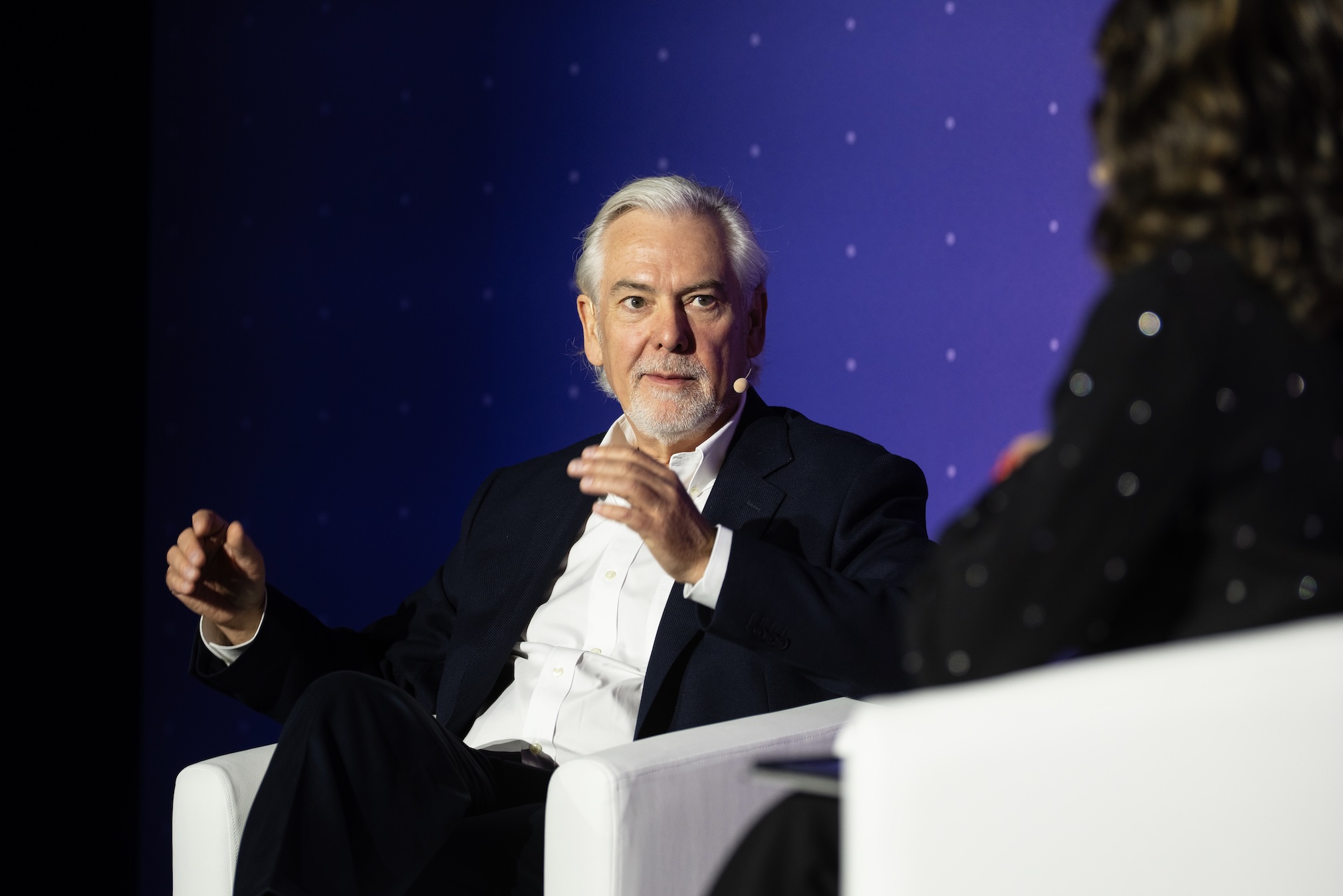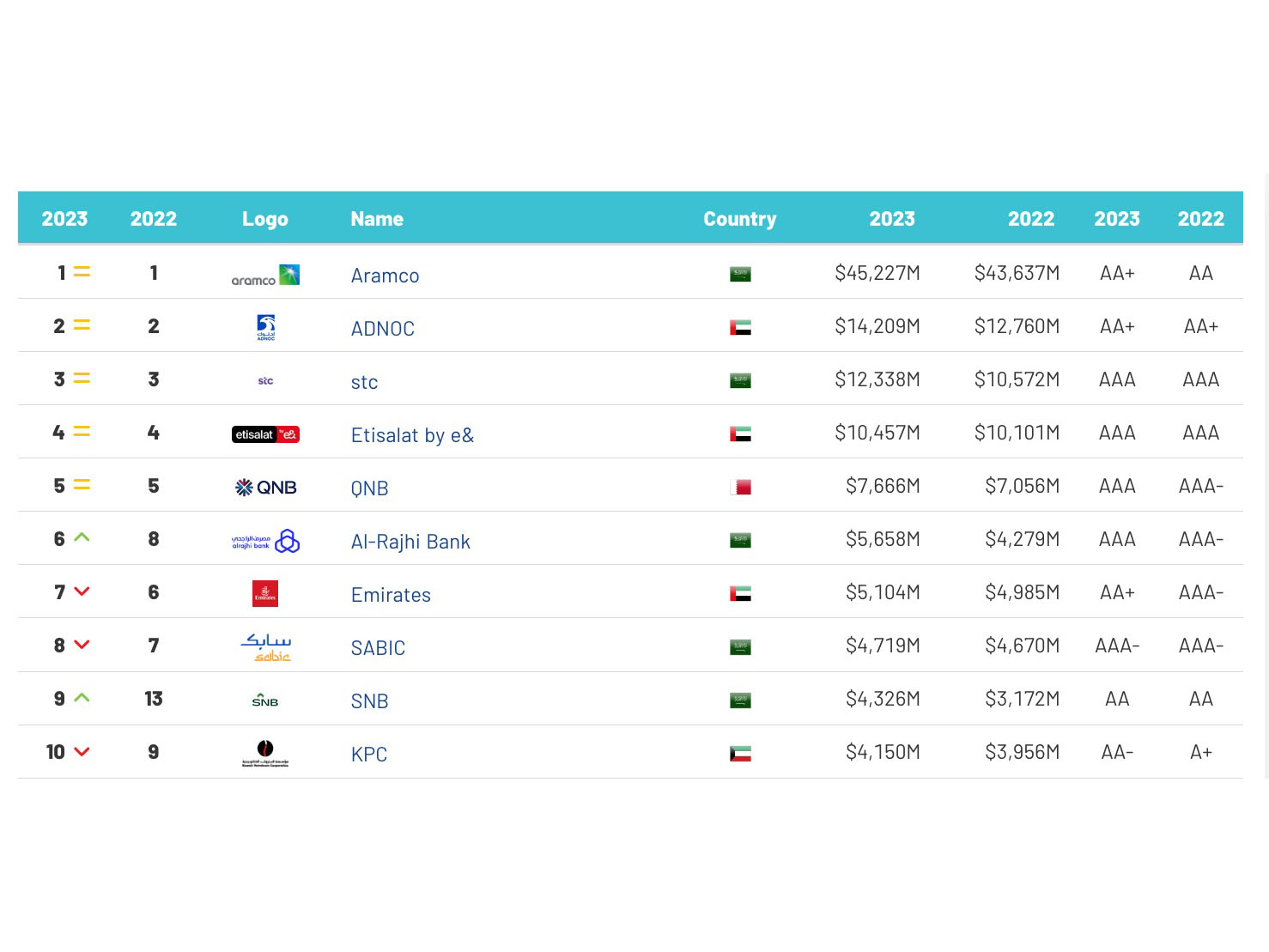News
A Smoke-Free World in the Future: Overcoming Obstacles on the Path to Change
by Gaya Salam
October 25, 2025
.jpg) Advertisement
Advertisement“Nicotine itself is addictive, but it doesn’t cause cancer.” This statement by Dr. David Khayat, Professor of Oncology at Pierre et Marie Curie University in Paris, challenges one of the most common misconceptions about smoking. It is not nicotine that kills, but the toxic chemicals released when tobacco burns. As the world faces the devastating toll of smoking-related diseases, the question is: how can society move beyond cigarettes toward a smoke-free future, and what obstacles stand in the way?
This question is at the core of “Technovation” event by Philip Morris International (PMI), that is leading a global smoke-free initiative that seeks to transform the tobacco industry through science, innovation, and collaboration. The vision is clear: a world where cigarettes are obsolete, replaced by scientifically substantiated smoke-free alternatives that reduce harm for adults who would otherwise continue to smoke.
The Technology Exists—But Policy and Access Lag Behind
PMI’s CEO Jacek Olczak emphasizes that the technology to make this transition already exists. “Cigarettes should never be the easiest—or only—option,” he says. “Today, some smokers have access to better alternatives, while others are left without choices.”
The challenge, he notes, is not scientific but social, regulatory, and economic. While some nations have embraced innovation, others are constrained by misinformation or outdated policies. “Do we want a future where only certain countries eradicate smoking while others still see rates above 20% or 40%?” Olczak asks. Real progress requires cooperation among regulators, scientists, civil society, and consumers.
Bridging the Gap in Developing Economies
Fred De Wilde, President of PMI’s SSEA, MEA & CIS Region, highlights the challenges of bringing smoke-free products to emerging markets. “Many smokers remain unaware of health risks, and economic barriers often limit access to new technologies,” he says.
High upfront costs can discourage adoption, especially in lower-income regions. To address this, PMI has diversified its portfolio and adapted products to local realities. “By developing a range of smoke-free options, we aim to make better choices accessible to people of all income levels,” De Wilde explains.
Lebanon, for example, served as a pilot market where PMI introduced differently priced alternatives after studying local economic conditions. “No one should be left behind on the journey to a smoke-free future,” De Wilde adds.
Communication and Policy: The Pillars of Change
Technology alone cannot shift public health outcomes, effective communication and sound regulation must follow.
Tommaso Di Giovanni, PMI’s Vice President of Communications & Engagement, stresses that misinformation remains one of the greatest barriers.
“When communication fails, misinformation thrives, fueling confusion and outdated policies,” he warns. Despite scientific evidence supporting harm reduction, public debate is often shaped by ideology rather than facts. “Public health needs innovative policies based on evidence, not ideology,” he says.
Introducing alternatives such as nicotine pouches in markets like Lebanon remains challenging due to strong social and cultural perceptions of tobacco. “That’s why the role of responsible media and civil society is crucial,” notes Patrik Hildingsson, Director Oral Category Communication, at Philip Morris International.
Science and Harm Reduction: Turning Innovation into Impact
At the foundation of PMI’s vision lies science. Tomoko Iida, Director of Scientific Engagement for the SSEA, CIS & MEA regions, explains: “Harm reduction is about minimizing the negative consequences associated with risky behaviors such as smoking.”
The principle has worked in areas like road safety and alcohol regulation, and it can work for tobacco too. “Even the best reduced-risk product will have no impact if nobody uses it,” she says. Accessibility and affordability are key to real change.
The Road Ahead
Creating a smoke-free world requires collective effort. Regulators must support innovation through evidence-based frameworks, scientists must communicate transparently, and civil society must engage without stigma.
Millions of smokers worldwide have already switched to smoke-free products, proving that transformation is possible. As Dr. Khayat reminds us, nicotine may be addictive, but it isn’t the enemy. The harm lies in the smoke. With science, collaboration, and open communication, a smoke-free future is no longer a dream, it’s within reach.





.jpg)







